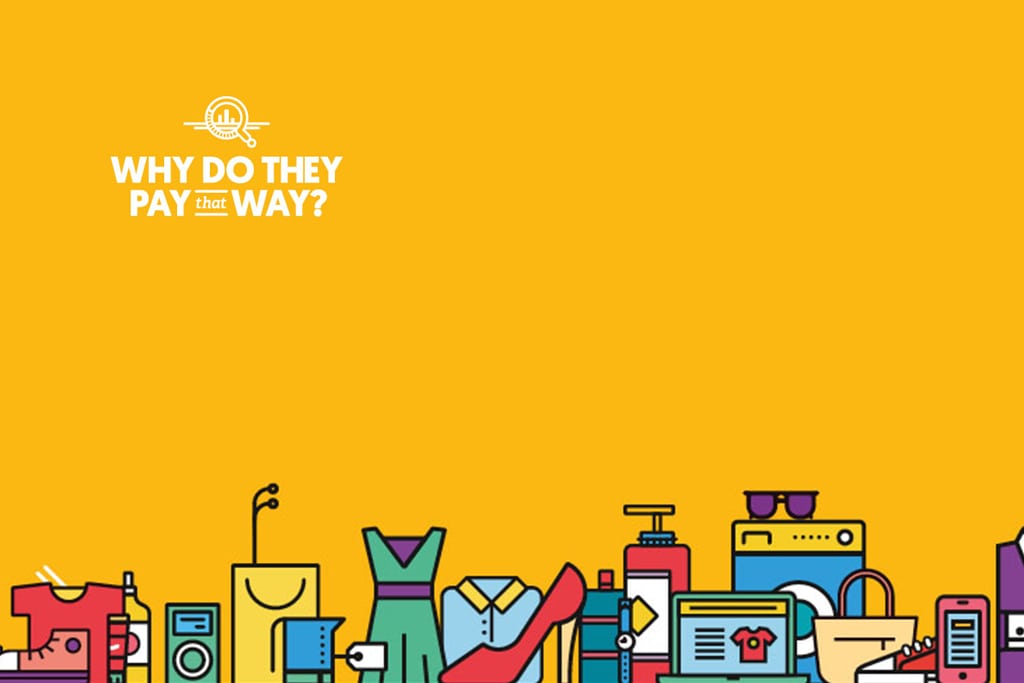Global Travelers Are Embracing Alternative Payment Methods

Skift Take
This sponsored content was created in collaboration with a Skift partner.
Credit cards and debit cards are the most popular payment method for travelers across the globe, but recent data proves that times are changing. Worldpay, a leader in the electronic payment services industry, recently surveyed 12,000 people in six different countries who’ve booked a flight or a vacation package in the last year, to better understand why people pay the way they do. The findings revealed that global travelers are embracing alternative payment methods for travel more than ever. And travel industry providers have no choice but to adapt to the growing trend, or risk alienating the technologically savvy traveler of the future.
When booking vacation packages, travelers in the United States, Australia, and Brazil, overwhelmingly choose to pay with credit cards — 76%, 62%, and 57%, respectively. Credit card payments remain dominant in countries such as India, China, and Germany as well, but travelers in those countries have a higher tendency to pay with debit cards and alternative methods such as PayPal and online banking accounts.
The same can be said for airline travel purchases. Travelers in India, China, Australia, and Brazil use their credit cards for travel packages nearly as much as they use them for airline tickets. Countries like Germany and the U.S., however, saw slightly different trends. For example, 50% of U.S. travelers booked airline travel with credit cards, compared to the 76% of travelers that purchased vacation packages with credit cards. In Germany, credit cards are more likely to be used for airline travel, 58%, than travel packages 34%.
Younger generations have always been quick to adopt technology sooner than older generations, making it no surprise that travelers ages 18-25 are less likely to use credit cards and more likely to embrace alternative payment methods than older generations. On the opposite side of the spectrum, credit card payments are a significantly more popular form of payment for travelers over the age of 66 than any other age group when booking a travel package, regardless of country. Travelers 18-25 are also more likely to pay for vacations and flight tickets using their savings rather than credit cards — most likely because of the limited access they have to credit cards
While 18-25 year olds make up the smallest group of travelers booking airline travel with credit cards, the percentage of adults using credit cards remained relatively similar across the board in countries like Germany, Brazil, Australia, and the United States. China saw a significant jump in credit card usage among those between the ages of 55 and 65, while India saw a spike in travelers 66 and older.
Just because most travelers opt to use their credit cards to pay for travel, doesn’t necessarily mean it’s their first choice. In fact, 95% of people who said they prefer using credit and debit cards also said they would use their country’s most popular alternative payment method if given the choice. Countries like Germany, Australia, and China have already seen large percentages of travelers opting for alternative payments such as PayPal and Alipay — most of those travelers were between the ages of 18-25. In Germany, 35% of travelers in that age group purchased a flight using PayPal, with nearly 30% using the alternative method when booking travel packages. Surprisingly, 56-65 year olds in India led the pack with alternative payments — nearly 30% of travelers in India opt for e-banking when booking airline tickets. In India, access to credit is closely linked to one’s income, explaining why credit card usage is low between younger and older audiences.
As travel costs continue to increase, the ability to pay for vacation packages all at once becomes more difficult for travelers across the globe, making installment based plans more attractive than ever. Worldpay’s survey found that 75% of respondents would pay for their vacation packages in installments if given the option. Eighty-five percent of respondents from Brazil prefer installment based plans, given it’s the cultural norm for Brazilians to do so. India and Australia also saw an overwhelming desire for the option with 90% and 76% of travelers embracing the idea, respectively. Outside of Brazil, the demand waned when travelers were asked about paying for airline tickets with installment plans.
The pace of technology will prove to be a driving force in travelers embracing alternative payment methods in the future. Younger generations are already opting to use methods such as PayPal, Alipay and installment plans to pay for travel. In the future, it won’t be enough to simply offer travelers payment methods that they’re accustomed to. If travel industry providers want to gain an edge on the competition, they’ll need to start listening to what their customers want and offer them the payment methods they prefer.
To find out more about global payment trends, check out WorldPay’s Why Do They Pay That Way tool.
This content was created collaboratively by WorldPay and Skift’s branded content studio SkiftX.




